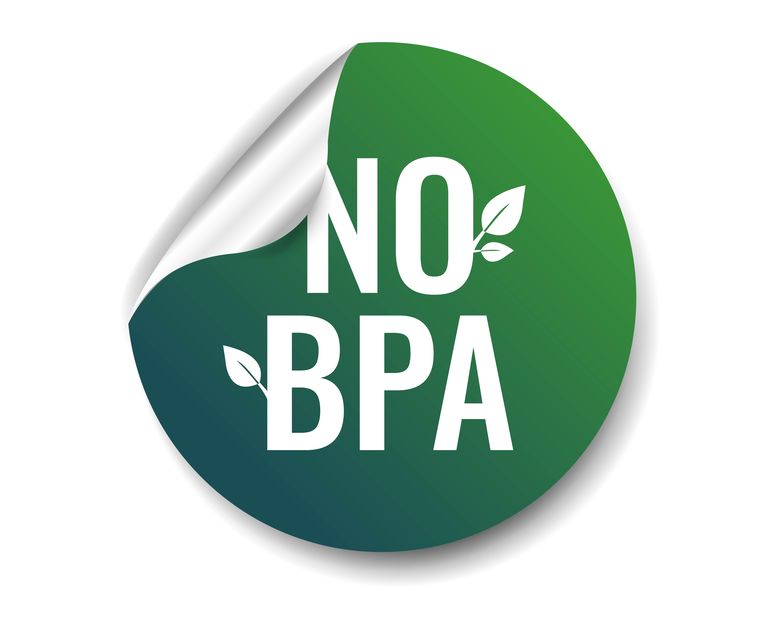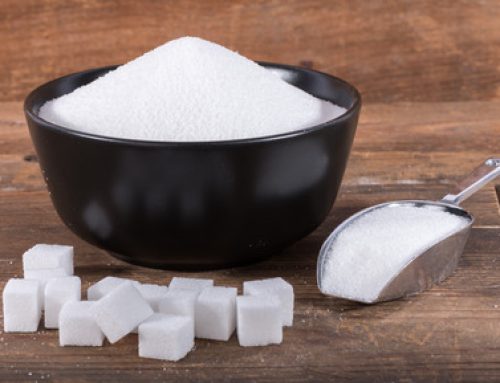BPA dangers are worth researching. What are the dangers of BPA? How worried should we be? This common chemical is pervasive in our environment and food, but proof of harm is lacking.
Bisphenol A, also known as BPA, is pervasive in our environment. Animal studies suggest that at very high levels it could have adverse health impacts, but there is as yet no solid evidence that BPA causes health problems in humans at current levels of exposure. Until we have more information, taking simple measures to limit exposure seems prudent.
What is BPA?
BPA is one of the highest-volume chemicals globally produced. It gives resins and plastics strength, hardness, temperature stability, and resistance to acids and oils, making them ideal for food and beverage containers as well as many other common products. Beginning in the 1950s and ‘60s, BPA became ubiquitous in many everyday products. People are therefore frequently and unknowingly exposed to this compound.
We’re exposed to BPA through skin contact and inhalation of air and dust, but more than 90 percent of total BPA exposure for the general population is through diet, partly due to plants and animals being exposed to BPA in the environment. Food packaging like plastic wrap, plastic containers, and can liners can leach BPA into food, especially when heated. Cans for canned foods may be lined with a BPA epoxy resin to protect the food from the metal can, although this practice is changing.
BPA Dangers
What are the BPA dangers? The FDA estimates that we actually absorb less than one percent of the total BPA we ingest through diet, and much of that is excreted from the body.
Detectable levels of BPA have been found in the urine of an estimated 90 percent of the population of the U.S. Unfortunately, BPA has also been found in blood, and in the placenta, breast milk, and amniotic fluid of pregnant women.
Concern that BPA may cause adverse health effects arises from its potential to mimic or interfere with hormones such as estrogen, androgens, and thyroid hormone. This interference could theoretically affect the reproductive system, nervous system, metabolic and immune function, and the development and growth of babies.
There is actually very little data on the long-term impact of BPA on human health. Most studies were conducted on animals, and the rodents or primates were often exposed to much higher levels of BPA—as much as 100 to 1,000 times higher—than typical human exposure.
How Worried Should We Be?
Based on studies on the health effects of BPA, the Environmental Protection Agency (EPA) has set a daily limit of 23 micrograms of BPA per pound of bodyweight as a reference for safe exposure.
A 2019 study published in the journal Environmental Science and Pollution Research International calculated the average human daily intake of BPA globally as 2.53 micrograms per pound of body weight—well below the EPA limit.
The Food and Drug Administration (FDA), which controls food packaging, has responded to consumer and scientific interest in the safety of BPA by conducting additional research through the National Center for Toxicological Research to ensure public safety. In 2014 the FDA completed a four-year review of more than 300 studies and concluded there was no need to change food packaging rules. The U.S. does enforce some limits on BPA in products, including a ban on its use in baby bottles, sippy cups, and infant formula packaging.
While at this time there is no proof that BPA adversely impacts human health at current levels of exposure, people who wish to minimize exposure should limit use of plastics, Styrofoam, and other BPA-laden products (see Take Charge! box for tips on limiting exposure to BPA).
How to Avoid BPAs
It may not be possible to avoid BPA completely, but it can’t hurt to minimize exposure. Here are a few ways to do so:
• Limit use of plastic food containers, especially those stamped with the recycling number 7
• Carry a refillable metal or BPA-free water bottle instead of buying water in plastic bottles
• Look for canned foods in BPA-free cans, and go with frozen and fresh foods when possible
• Purchase and store foods and drinks in glass jars or bottles when possible, not plastic
• Beware of freezing or microwaving foods in plastic containers unless they are marked “BPA free,” as exposure to temperature changes may increase release of BPA into food
• Consider washing plastic containers by hand, as heat and harsh detergents in dishwashers may break plastic down, releasing BPA
• Choose baby toys that are wooden or are labeled BPA-free
• Have receipts emailed or minimize contact with your skin, as some receipt paper is made with BPA
Click here to read more about BPA dangers.







